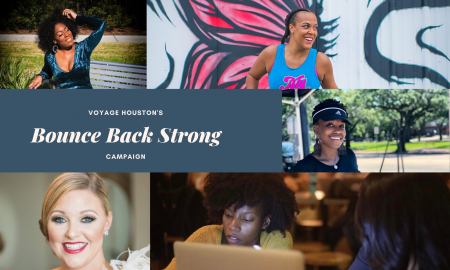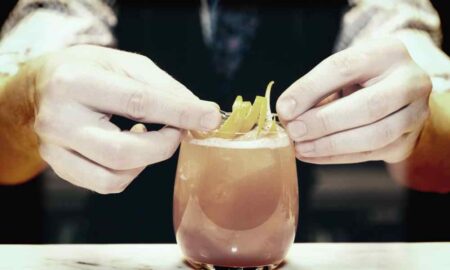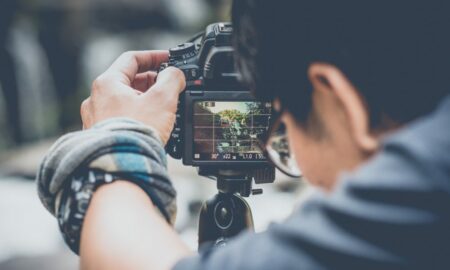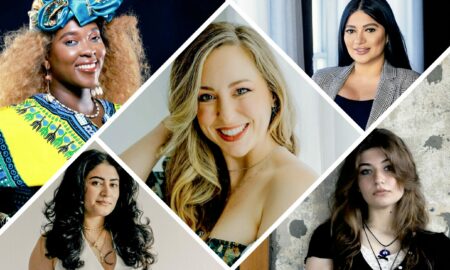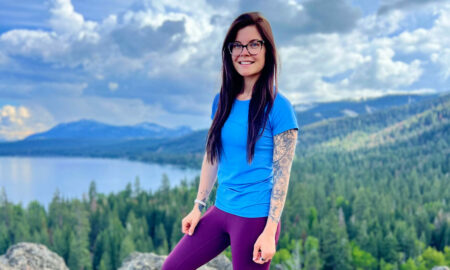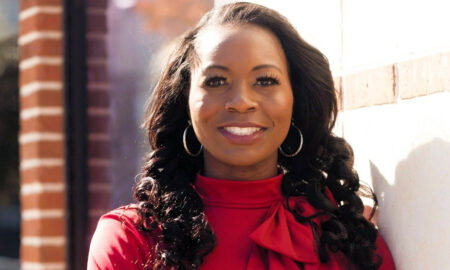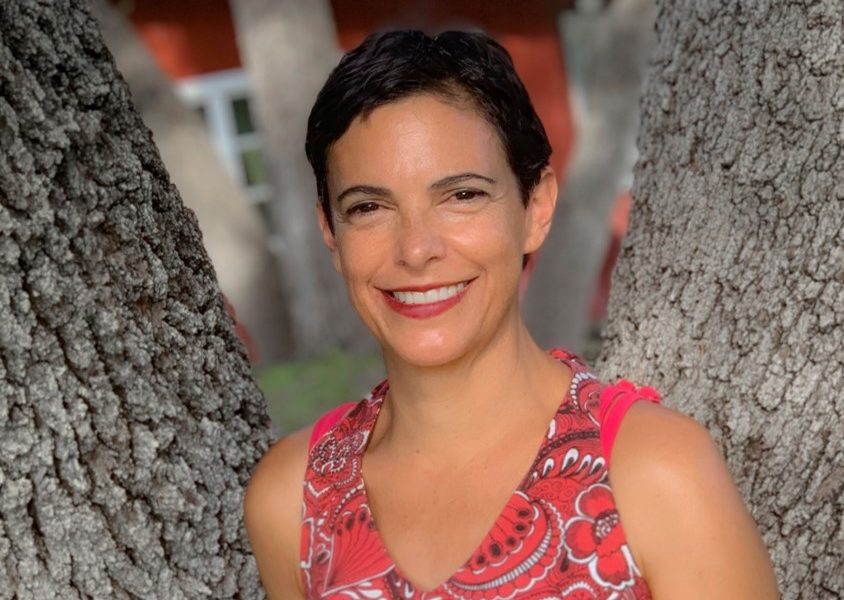

Image Credit: Julia Heymach
Today we’d like to introduce you to Marisa Cigarroa Heymach.
So, before we jump into specific questions about what you do, why don’t you give us some details about you and your story.
I am the youngest in a family of ten and am a wife and mother of five children, ages fifteen through twenty-two. Photography, for me, has always been about carving out time to appreciate simple moments that might be overlooked in the rush of everyday life. When I was given my first camera at the age of twelve, I loved exploring a single subject from different perspectives to see how I could alter the look and feel of something that I usually took for granted. As I grew older, I became more interested in exploring other people’s perspectives and experiences through imagery. The camera became my passport to venture beyond familiar and comfortable boundaries. On weekends, I would often cross the bridge from Laredo, Texas, where I grew up, to Nuevo Laredo, Mexico to photograph street life in our sister city. These early, cross-cultural experiences influenced me to earn an undergraduate degree in archaeology from Harvard in 1989, a master’s in anthropology from the University of Texas in 1991 and a master’s in print journalism from the University of California at Berkeley in 1993. I worked as a reporter for five years at the Marin Independent Journal and the Stanford News Service.
I have been away from professional journalism for quite some time, but photography is one way I have been able to continue seeing the world through different lenses. Whether I am at home, walking my neighborhood streets or traveling to an exotic location, I am always excited knowing that there are powerful images to be made as long I take the time to look around. There is so much to see and respond to on any given day and knowing this keeps my eyes and my heart open. My favorite poet, Mary Oliver, says “the rich lens of attention” is the beginning of devotion and that noticing things, even as mundane as weeds in a vacant parking lot, can be a source of daily inspiration. I think the same can be said for paying attention to the people around us. When we put labels aside, we begin to notice and learn so much more about each other. Some of these things are bound to interest us and bring us together to widen our perspectives despite our differences.
I have been taking photographs for more than 40 years now and have found that I am continually drawn to this medium for reasons that go much deeper than trying to make a compelling print. The idea of a photograph as being a silent invitation for the viewer to consider what is salient to them resonates strongly with me because it suggests that even the final image is just a starting point for a wider exploration of ourselves.
So, let’s dig a little deeper into the story – has it been an easy path overall and if not, what were the challenges you’ve had to overcome?
I still feel the same excitement taking photographs today as I did when I first started shooting in the early 1980s. Back then, I used my Christmas money and asked my mother to drive me to San Antonio to buy an enlarger, chemicals and photo paper so I could set up a darkroom in a tiny bathroom at home that wasn’t being used. The ventilation was terrible and I had to take fresh air breaks because the stench from the chemicals would make me feel light-headed. As soon as I could catch my breath, I would go right back into that cramped room to hunch over the enlarger that was propped on the toilet, expose the print, then move it from tray to tray until the images I had taken would magically appear beneath the liquid. So much has changed since then, in terms of technology to make the entire process much smoother. I even use my iPhone now as my main camera a large percentage of the time. While everything is much more instantaneous these days, I still lose track of the clock when I am out taking pictures or editing images in photoshop.
As you can probably tell, photography has always been an essential part of my life. But I never seriously considered it as a profession because I wasn’t sure if I could make it as a documentary photographer. I also didn’t know how that type of career would fit with the home life I aspired to have. Writing and reporting seemed like a safer bet. While I do wonder sometimes what it might have been like to be a photojournalist, I don’t like to live with regrets. I am grateful that I have had the freedom and continued passion to incorporate photography into my everyday life. With Instagram and Facebook, I get to share what I see with others. Hearing people tell me that my photographs have helped them to see their environment in new ways is this best compliment I can get.
Marisa Heymach Photography – what should we know? What do you do best? What sets you apart from the competition?
I specialize in street and nature photography. I share many of my photographs on Instagram and I have an online gallery at marisaheymach@smugmug.com. If people are interested in prints, please reach out to me by email at jheymach@yahoo.com for options and pricing.
In the future, I would love to showcase some of my prints for purchase, so if anybody knows of a venue that would be interested, please let me know.
What moment in your career do you look back most fondly on?
I was excited to have one of my street photographs of a beach scene in Italy showcased as part of the Houston Center for Photography’s 36th annual juried membership exhibition in the summer of 2018. Earlier that same year, I was one of about a dozen students from an international pool of applicants who were selected to participate in a weeklong workshop in Oaxaca that was led by Magnum photographer Alex Webb and his wife, Rebecca Norris Webb. I always enjoy collaboration with other photographers. In addition to the workshop in Mexico, I have taken a few classes at Houston Center for Photography, including an intensive workshop on composition that was taught by Joe Baraban, and a street photography class at Rice University that was taught by Daniel Kramer.
Contact Info:
- Website: https://marisaheymach.smugmug.com/
- Email: jheymach@yahoo.com
- Instagram: marisaheymach









Suggest a story: VoyageHouston is built on recommendations from the community; it’s how we uncover hidden gems, so if you or someone you know deserves recognition please let us know here.


